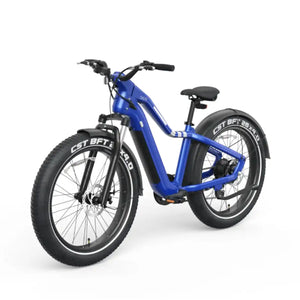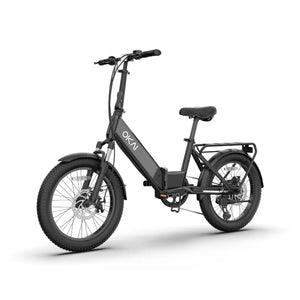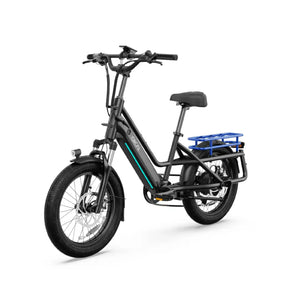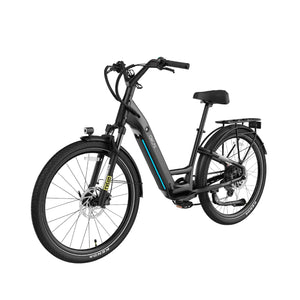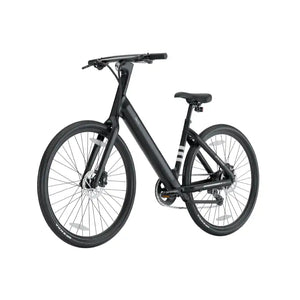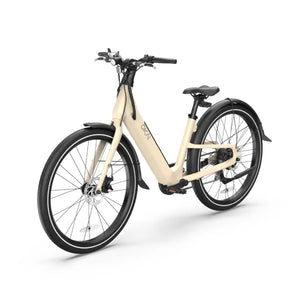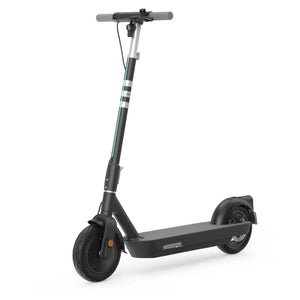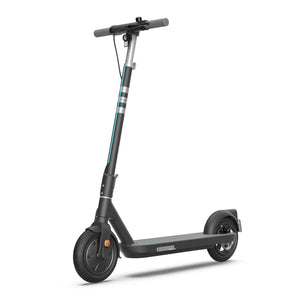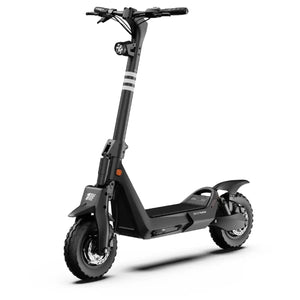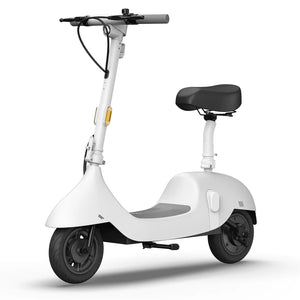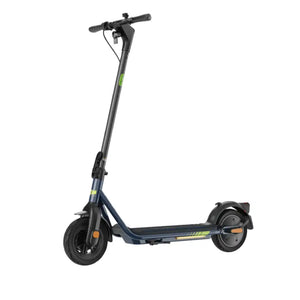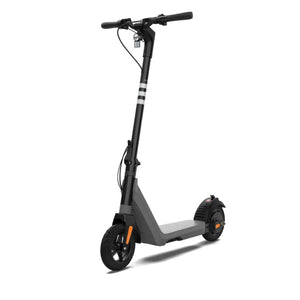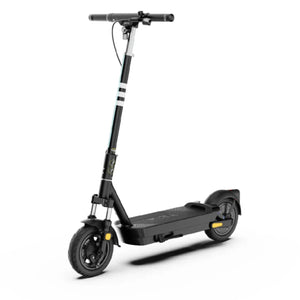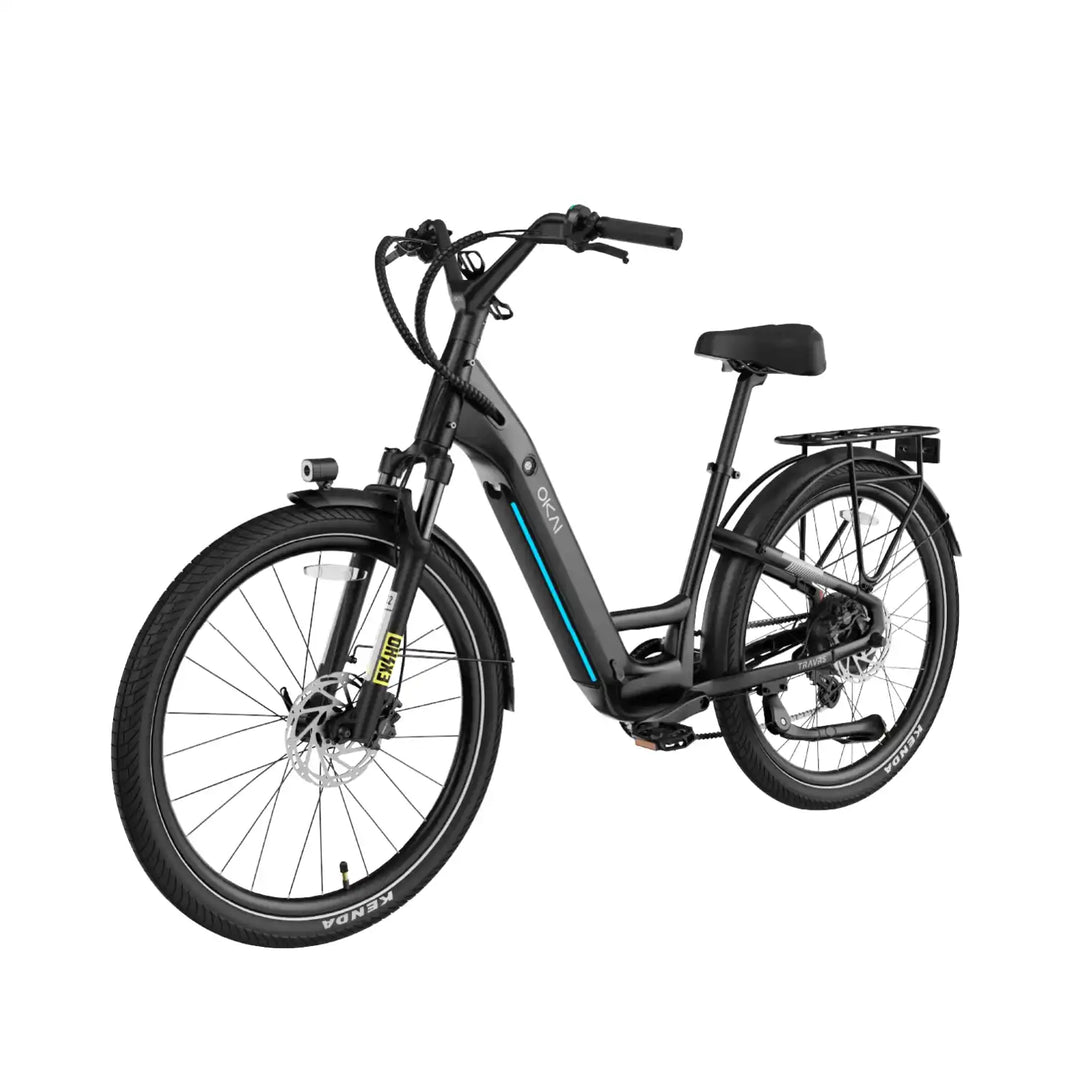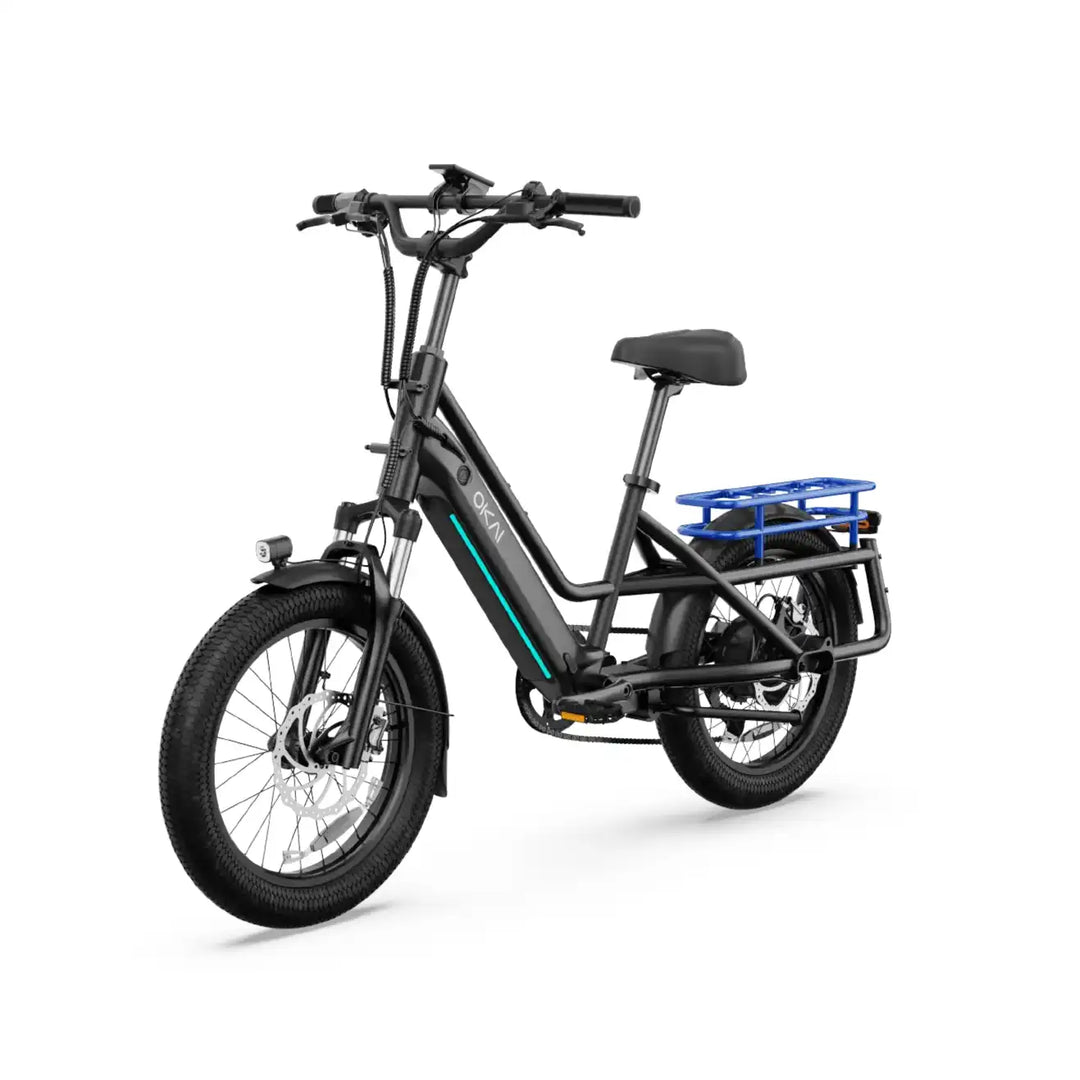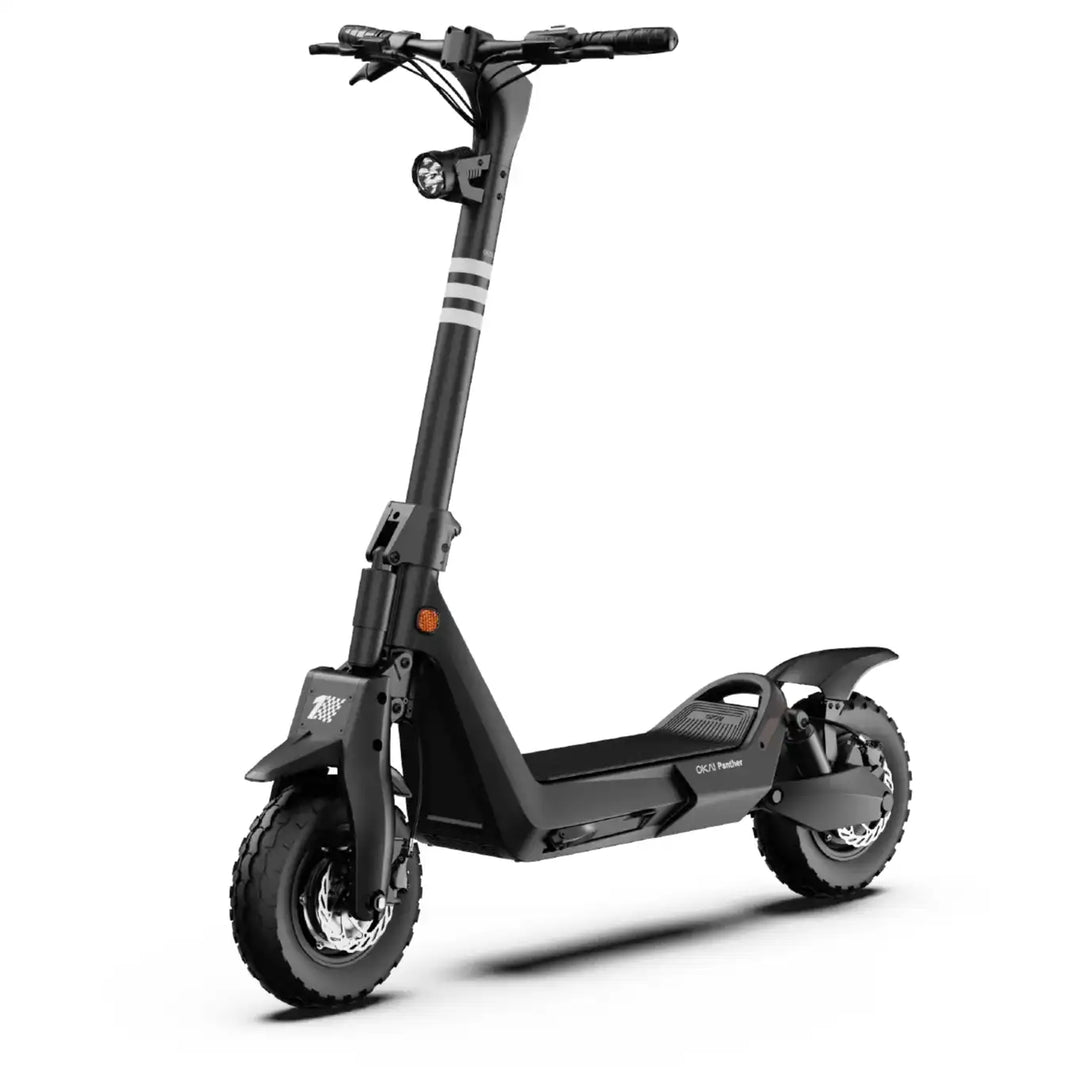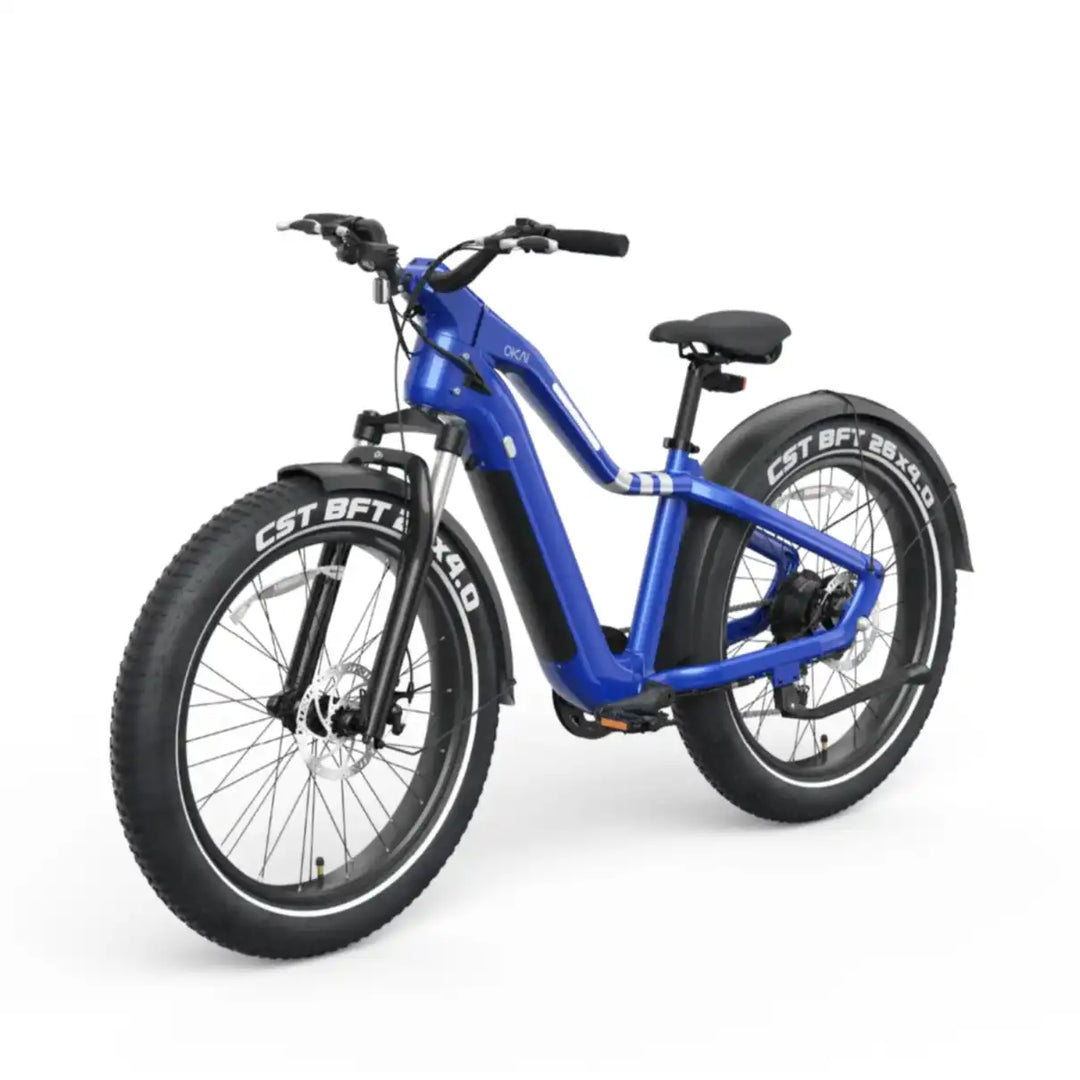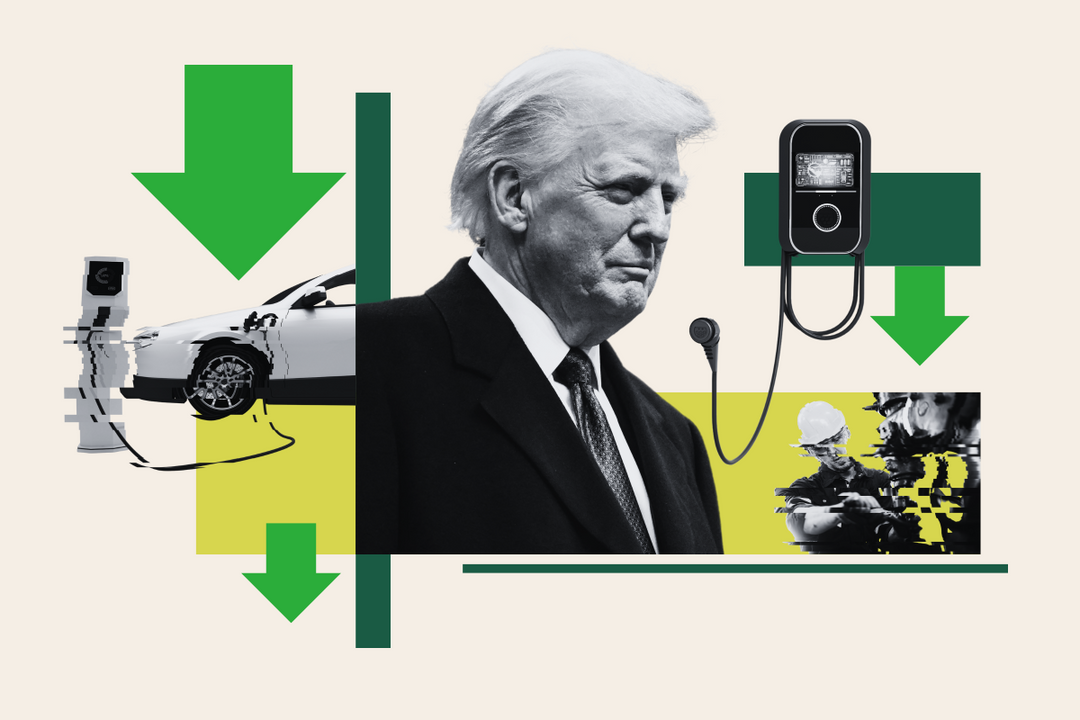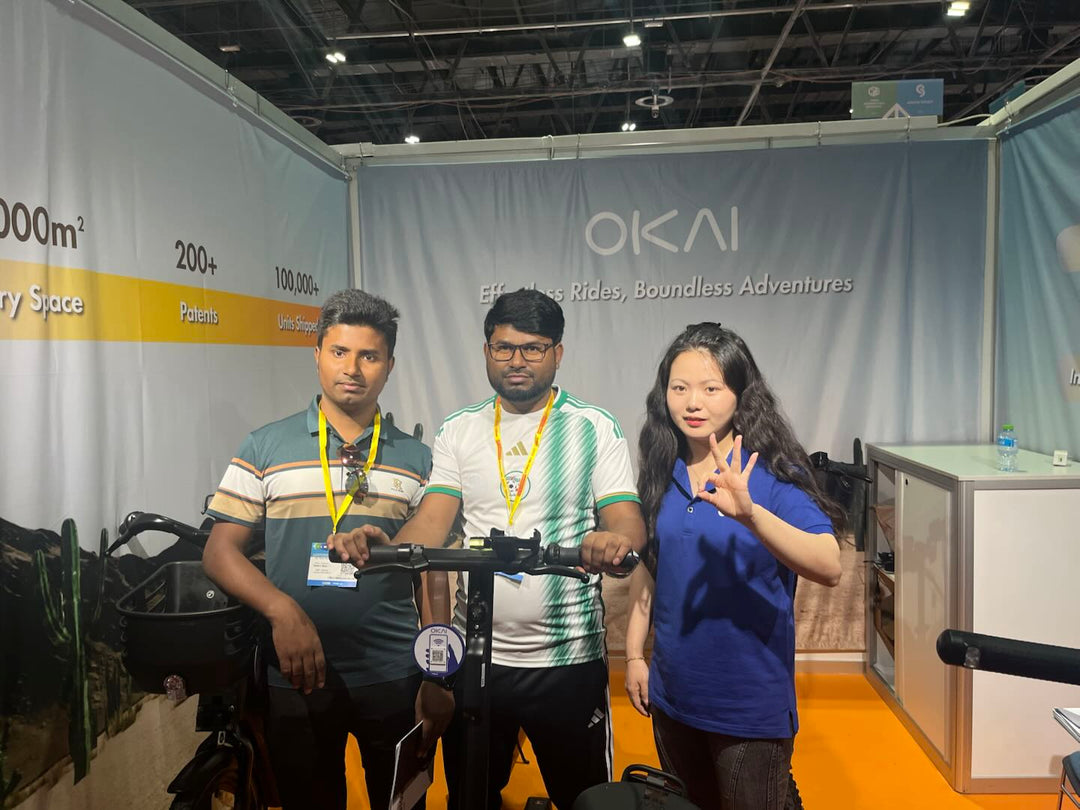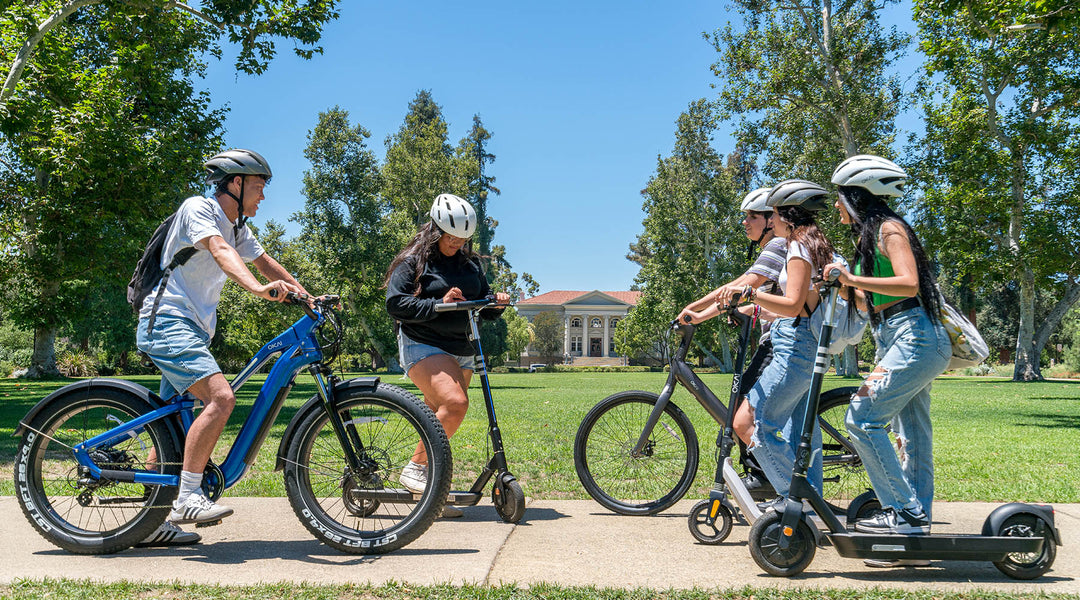An electric bicycle is not like an ordinary bicycle. Due to the motors, pedaling can be a much different experience than on a standard bicycle. This is where the sensors come in. On an electric bicycle, sensors come in two flavors: torque and cadence.
Torque sensors are based on how hard you pedal, while cadence sensors measure the rate of pedaling. Two different systems that can affect how enjoyable your ebike experience is.
Torque Sensor on an Ebike
To better understand which system is more suitable, let's highlight the pros and cons of each.
Torque Sensor Pros
Natural riding experience: The torque sensor offers a more natural and seamless ride rather than being a machine that controls the bike for you.
Better efficiency: Thanks to its more detailed readings giving the rider power proportional to the rider's input, torque sensors are much more efficient with battery usage which can also provide better range
Better control: As you transition from standstill to movement, the torque sensor will provide a smoother start which can reduce the jerkiness that a cadence sensor might provide
Heart pumper: As it's more closely aligned with a traditional biking experience, a torque sensor will get you more exercise
Torque Sensor Cons
Higher cost: Due to the more advanced technology, torque sensors are often found on more expensive ebike models
Constant pedaling: In order to keep the motor engaged, you have to constantly keep pedaling
Higher effort: This means that casual riders who prefer to cruise may find torque sensors less appealing due to the effort needed
Generally speaking, most riders who have tried both torque sensors and cadence sensors would opt towards the torque sensor. As torque sensors offer a more natural riding sensation, most riders would feel in control with using a torque sensor. A good comparison is like that of a manual transmission vs automatic transmission. The automatic transmission does all the work for you, while a manual transmission feels like you're in control.
If you express a stronger force while pedaling, the torque sensor will respond and give you a proportionate amount of feedback. This does mean that if you are unable to provide a certain amount of force such as if you were injured, then the ebike will not be able to go as much as you may want it to. In this case, a cadence sensor would be preferable.
Due to the precise instrumental analysis, torque sensors can save battery consumption levels and can equate to longer riding sessions.

One of our latest ebike models, the EB60 LyteCycle, comes equipped with a torque sensor. With a swappable battery design and a range of up to 62 miles, the LyteCycle is built for the journey. An ideal choice for a fitness inclined rider.
Cadence Sensor on an Ebike
Cadence Sensor Pros
Easy usage: Just pedal. It's that easy.
Lower cost: Thanks to its simple technology, cadence sensors are more affordable and inexpensive way to get pedal assist
Effortless cruising: Cadence sensors deliver power even if input is lacking, making it a great choice for those who want to exercise but can't provide the output such as injured riders
Cadence Sensor Cons
Input delay: Lag from input to engaged motor can create a noticeable maneuverability lag
Less workout intensive: Because of the constant assistance and less effort needed, cadence sensors aren't suitable for those looking for a big workout
Battery intensive: Continuous motor assistance results in a higher battery consumption which may make biking sessions shorter than one with a torque sensor
Being the more simple variant, the cadence sensor senses the rate of pedaling which is achieved by a series of magnets on a disc. When the magnets pass by, the information is relayed to the controller and the power assist will apply according to the level you have indicated.
Due to the way the system works, there is a slight lag between activation when you stop and start pedaling. Additionally, when the output provided by the cadence sensor is capped on its output speed based on each pedal-assist level. This means that you'll only get as much assistance as each level provides no matter how much you pedal, which gives an easy way to boost speed if you're just cruising, but a poor way to increase power unless you switch assistance levels.

An example of an ebike with a cadence sensor is the EB40 Stride Commuter, which offers a 40 mile range at 25 mph top speed. This model also features a swappable battery design which can help alleviate the high battery consumption of a cadence sensor to help keep your journey lasting longer.
Choosing the Right Sensor For You
It all depends on what kind of rider you are. Some people want that intensive workout feeling when riding bikes, others just want to enjoy the scenery and leisurely cruise around. There is no right or wrong choice. Whichever sensor suits your particular needs is the one for you.
Take the time to try out both sensors before making your choice as it will affect how comfortable your ride will be.
